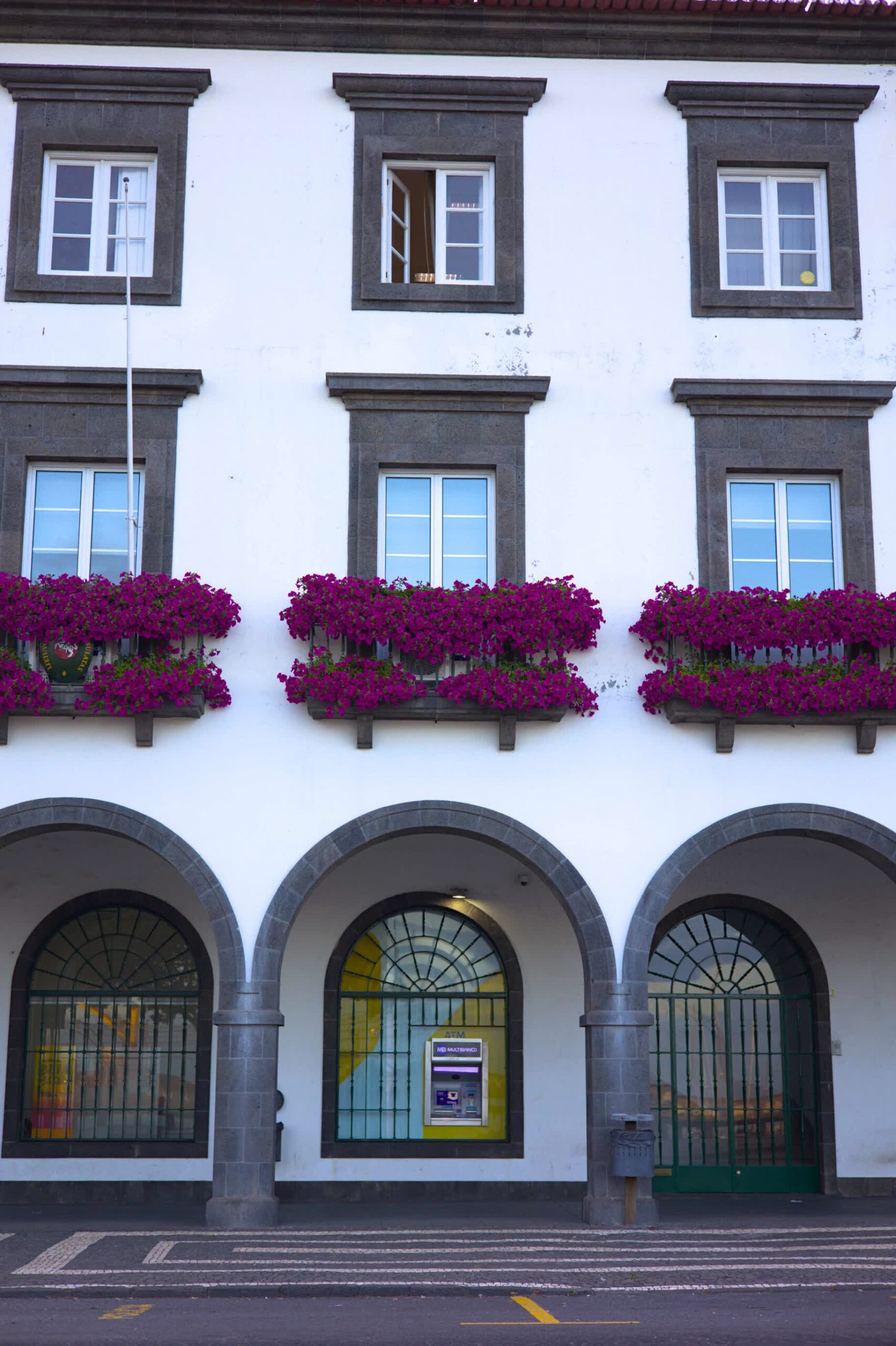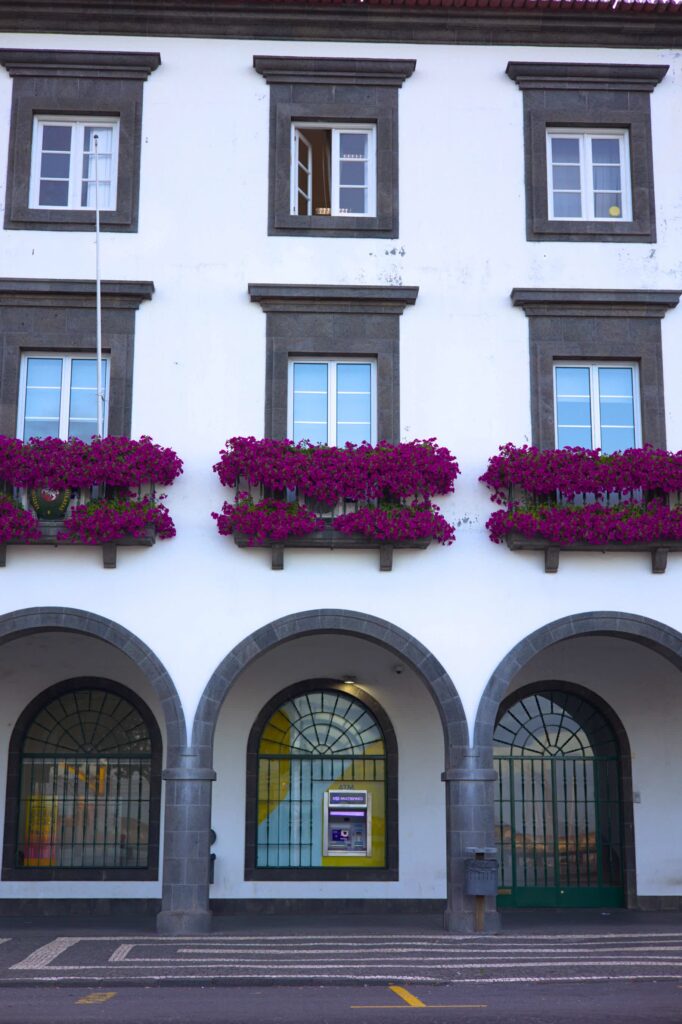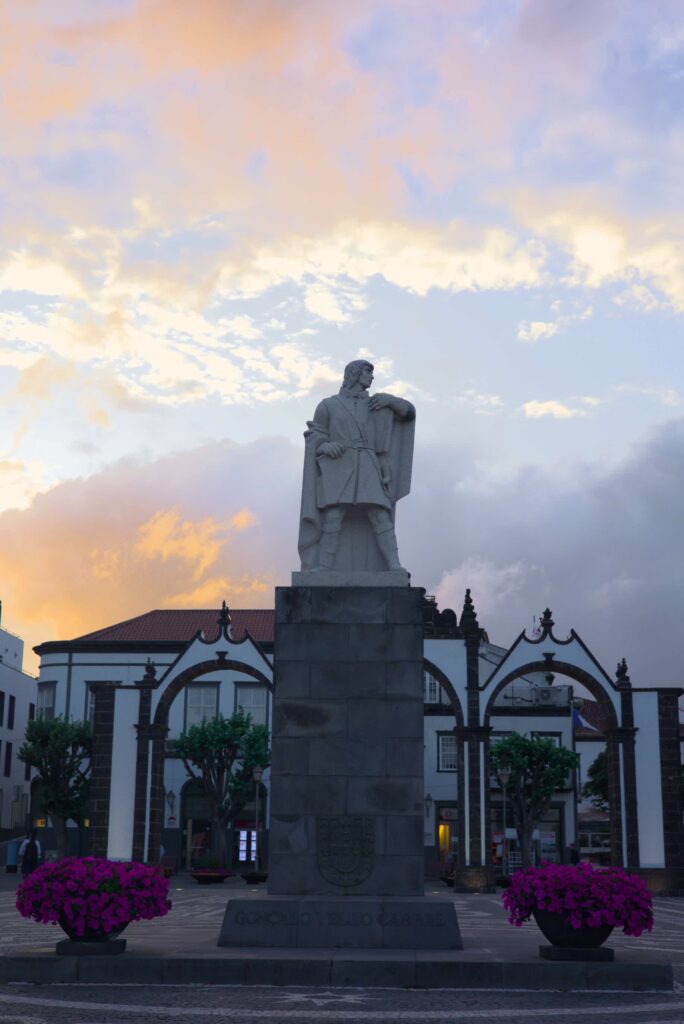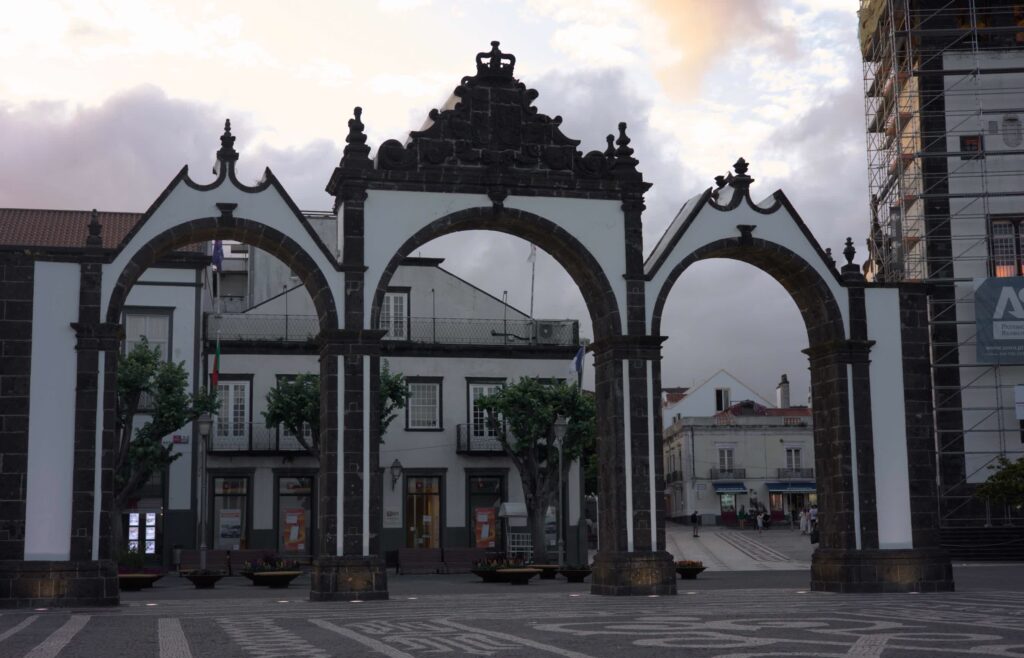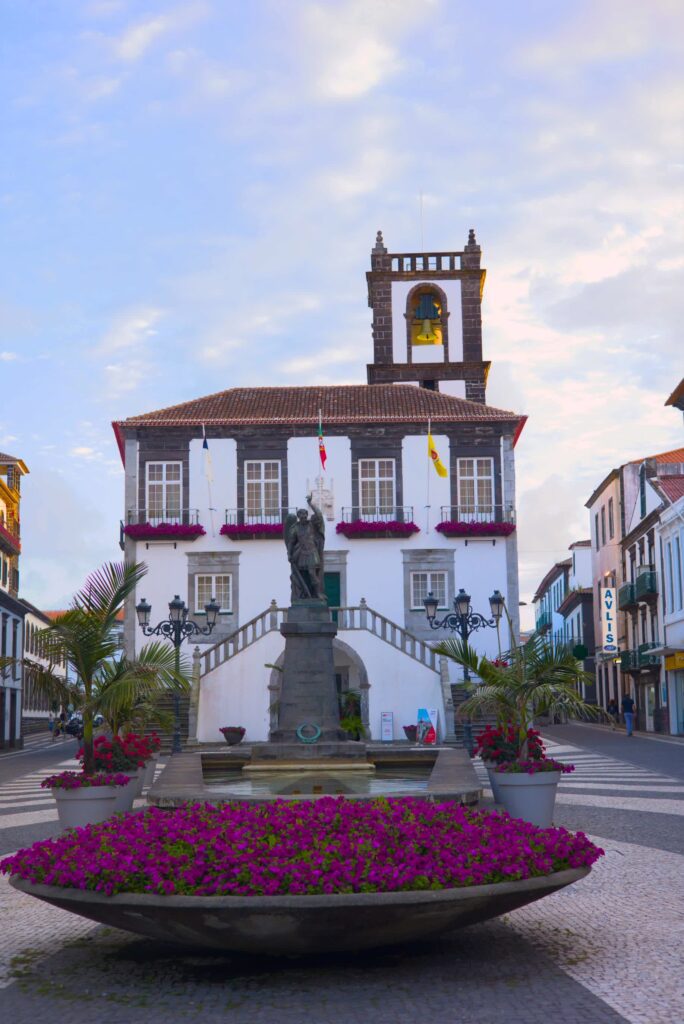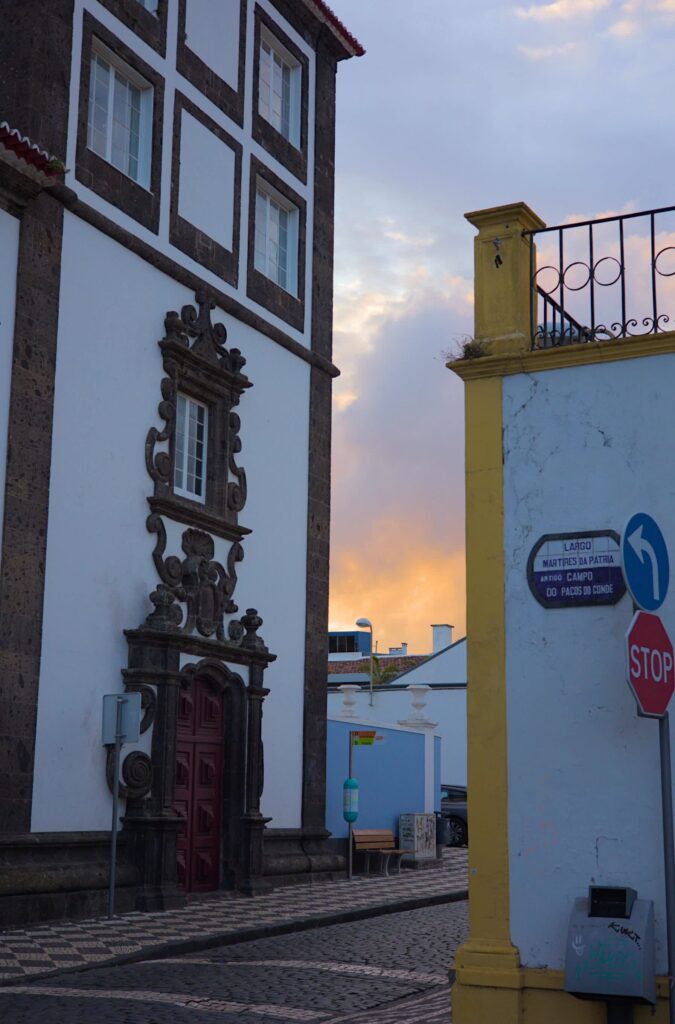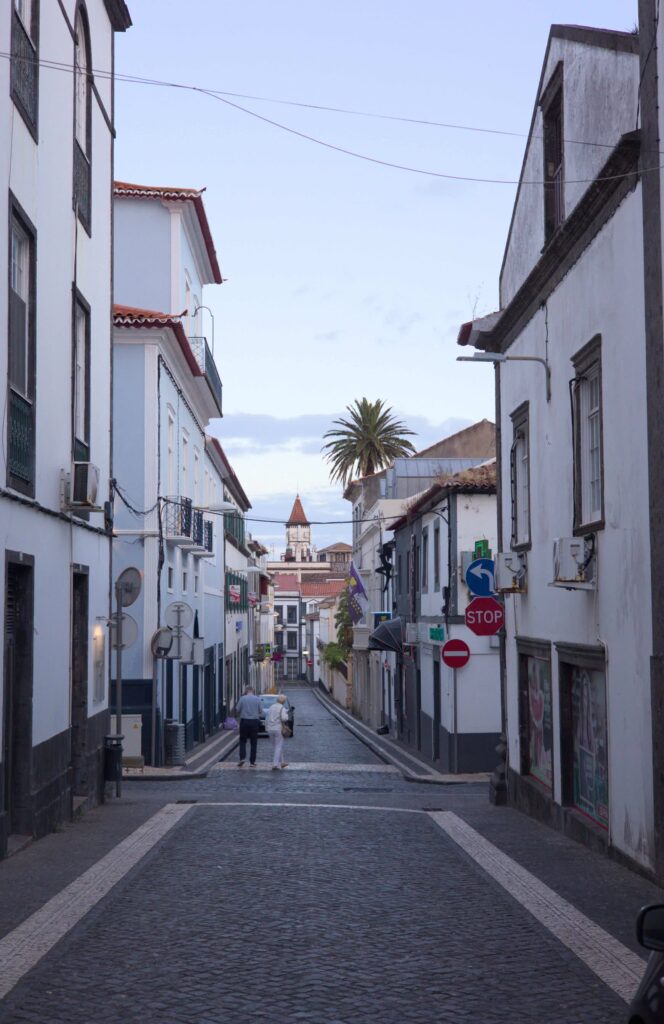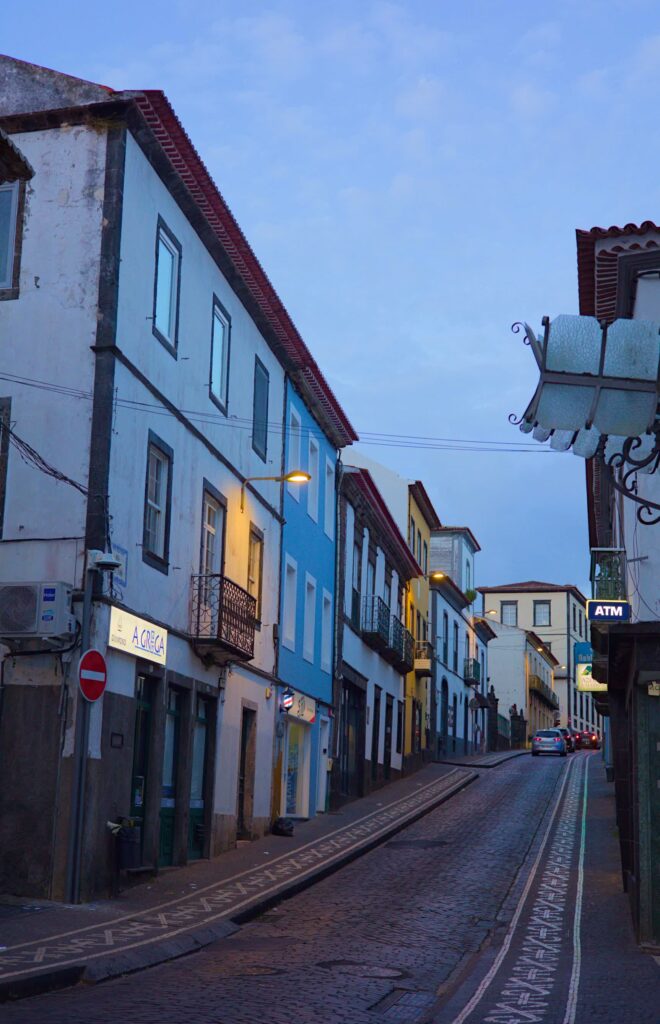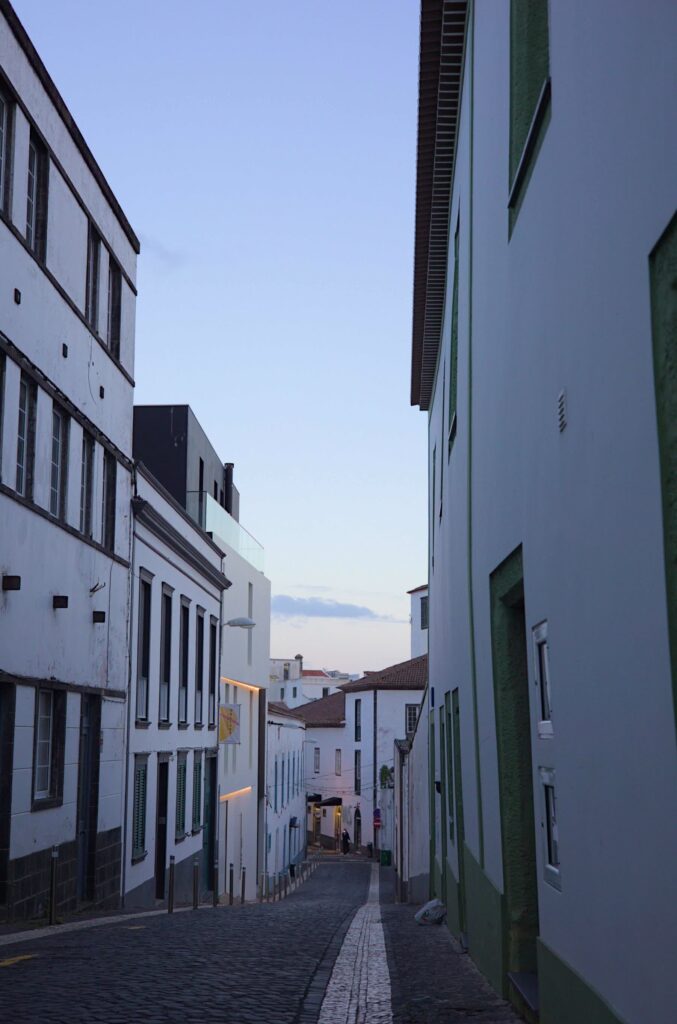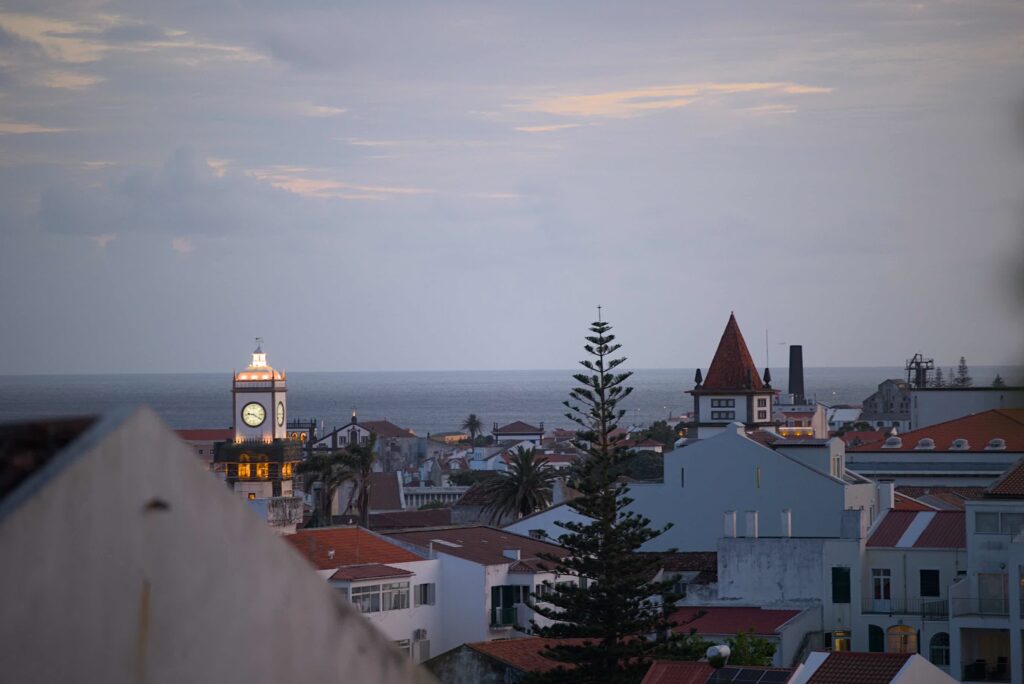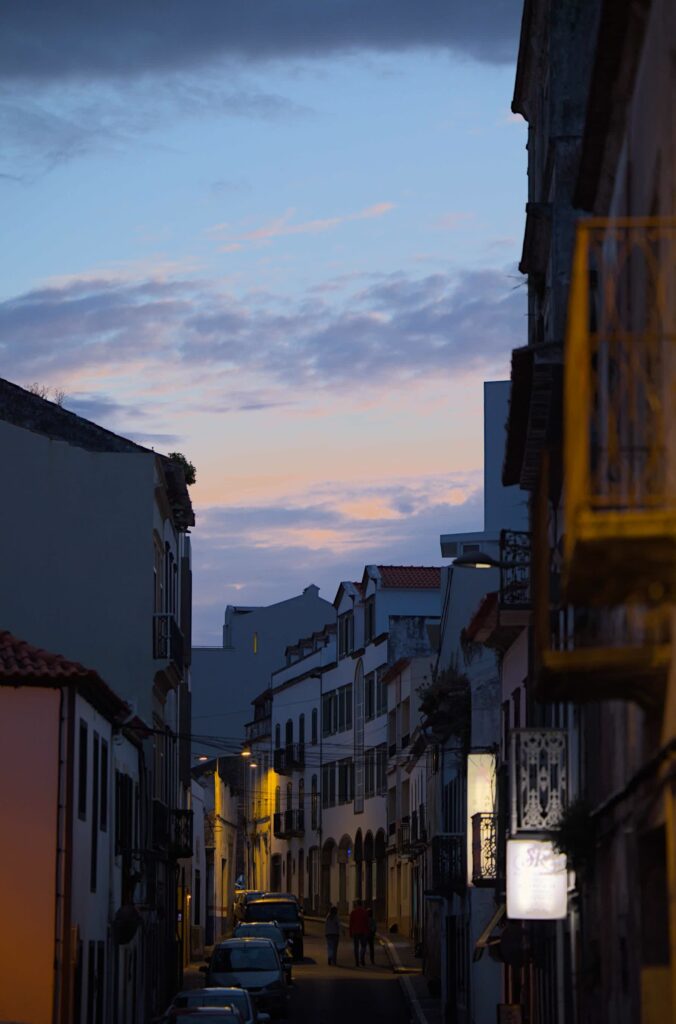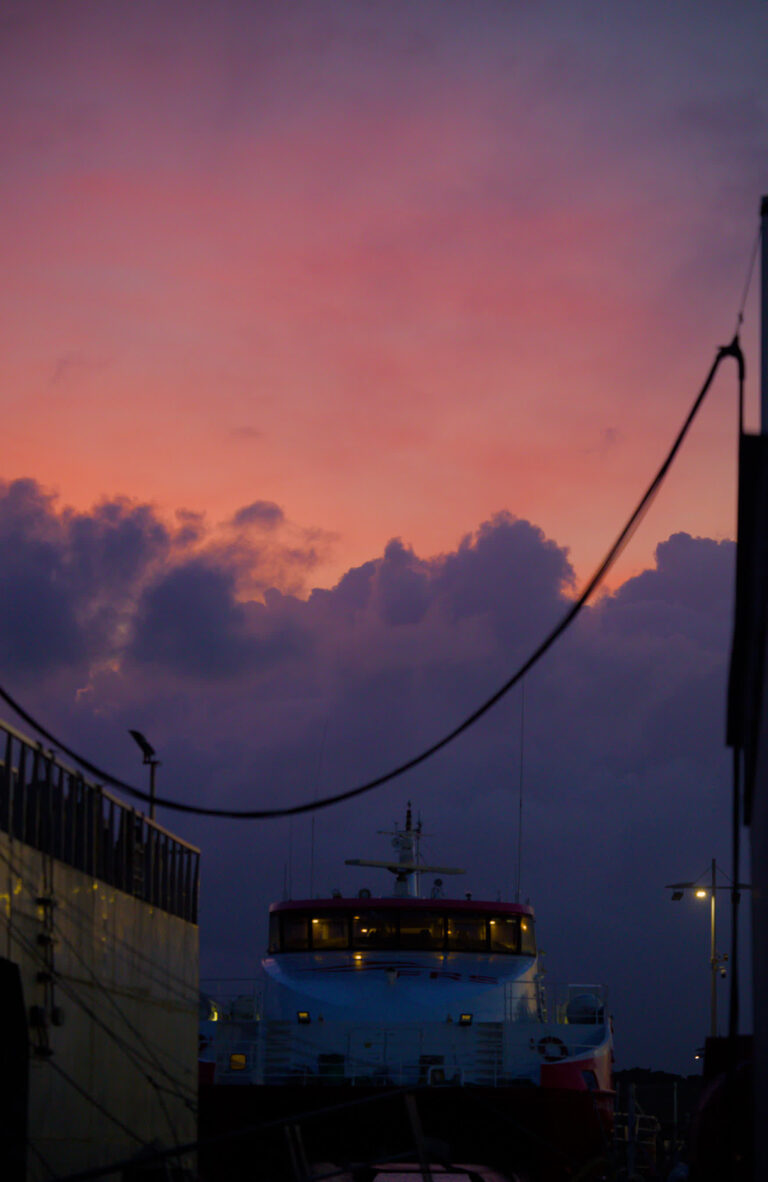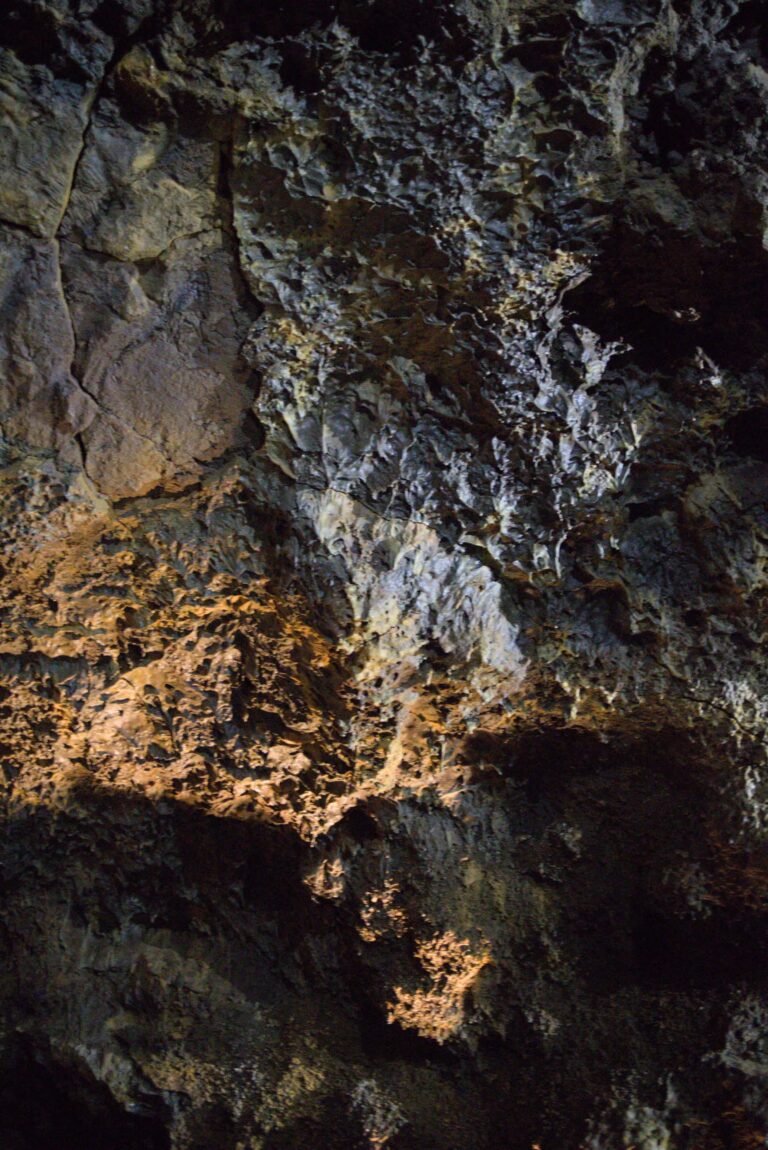Ponta Delgada: A City Built on Stone and Sea
I was supprised to learn that not many of my peers were familiar with the Azores when I told them I was travelling there. Before the summer hits, it is truly an amazing place, a rich history, beautiful nature and friendly people.
In the middle of the Atlantic, where volcanic cliffs drop into restless waves, the city of Ponta Delgada rises in shades of black and white. From its fortified walls to its ornate convents, this capital of São Miguel Island in the Azores is less a place of grand declarations than of quiet resilience, its history written in basalt and lime.
The city’s architectural character was born from eruption and isolation. In the 16th century, as nearby Vila Franca do Campo lay in ruins after a devastating earthquake, Ponta Delgada emerged as the island’s new administrative and religious hub. Its harbor, deep and natural, made it a lifeline between Europe and the colonies, and the wealth that flowed through its docks soon shaped its skyline.
The gates of Portas da Cidade, framed in volcanic stone, mark the entry to a city once walled for defense. Nearby, the Church of São Sebastião erected in the wake of plague and pirate threats blends late Gothic and Manueline styles, reminders of both the fear and faith that fueled its foundation.
By the 18th century, Ponta Delgada had become a regional power, its civic architecture catching up to its ambitions. The Paços do Concelho, or town hall, with its baroque staircase and soaring bell tower, looked out over the Atlantic with the confidence of a city no longer on the periphery. Religious orders left their mark too, especially the Convento da Esperança, whose ornate chapels still draw pilgrims honoring the image of Senhor Santo Cristo dos Milagres.
What sets the city apart is its restrained elegance. Unlike Lisbon or Porto, Ponta Delgada’s buildings whisper rather than shout. The rhythm of whitewashed walls edged in dark basalt reflects not just volcanic geography, but also a cultural temperament; stoic, maritime, shaped by hardship and hope.
Even today, walking its narrow streets, past 19th-century mansions, Jesuit schools-turned-museums, and small plazas lined with camellia trees, one senses a continuity. Ponta Delgada may be far from the mainland, but its architecture tells a distinctly Portuguese story, forged on an island that learned long ago how to thrive between the old world and the sea.

